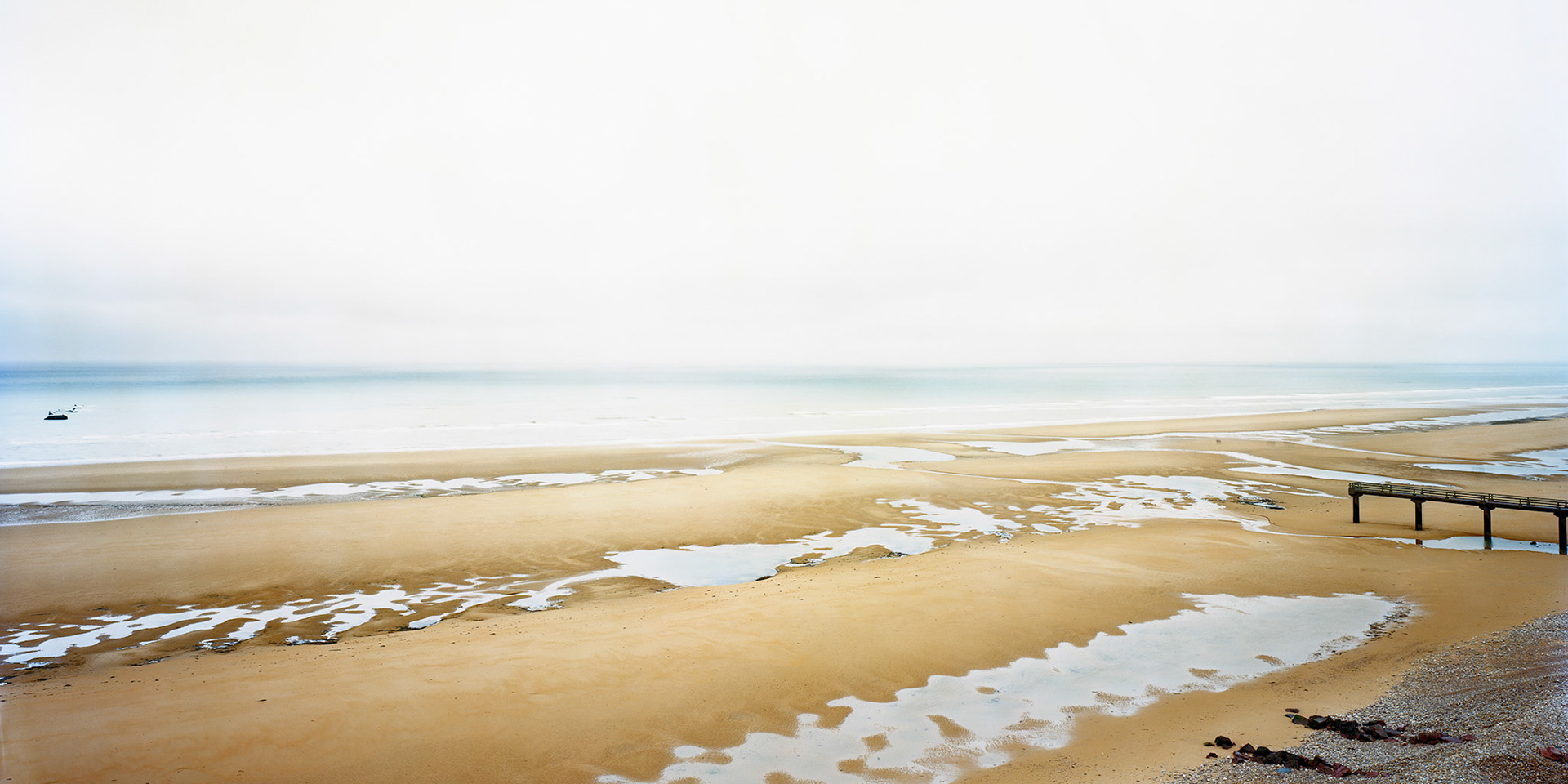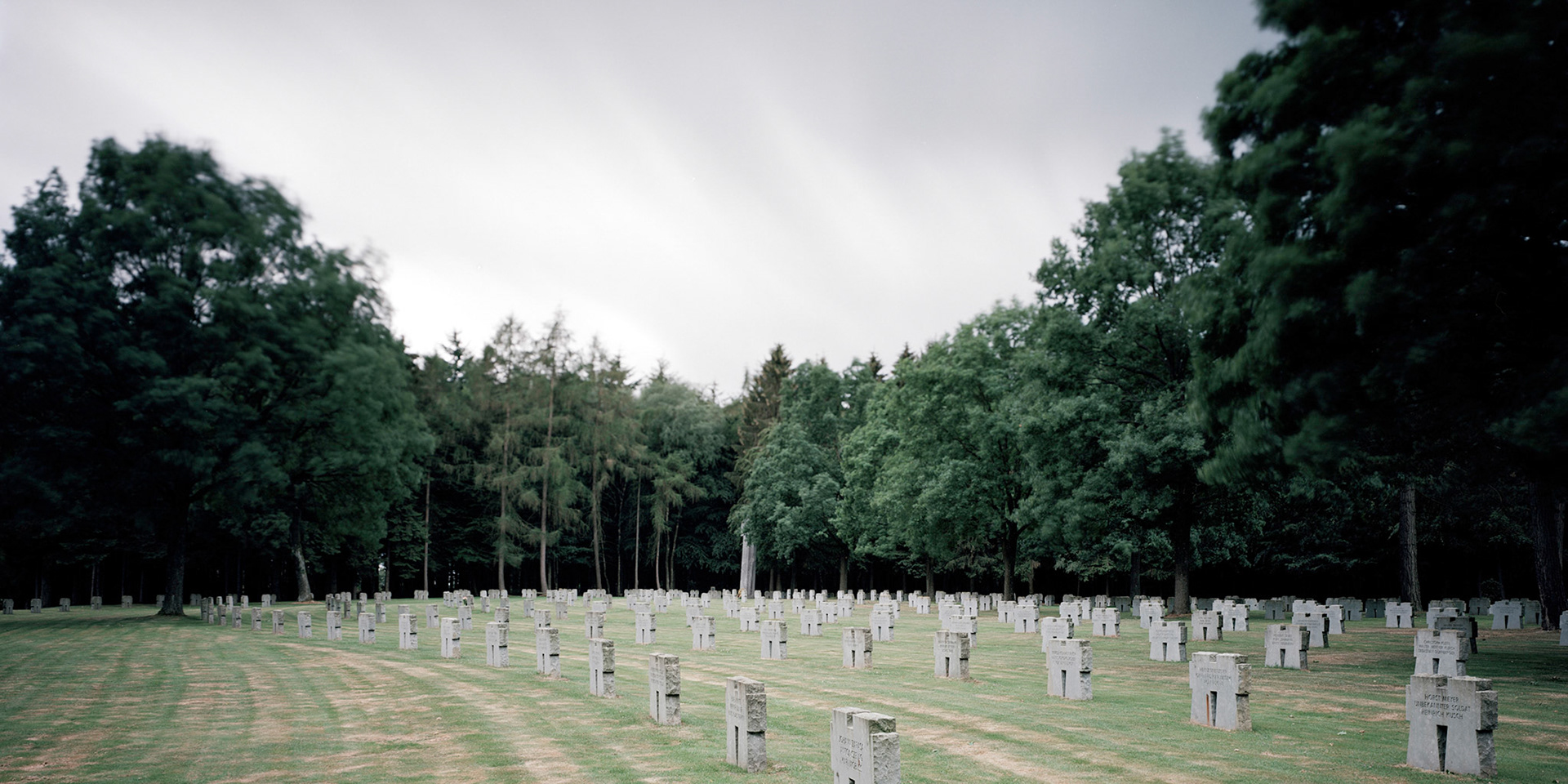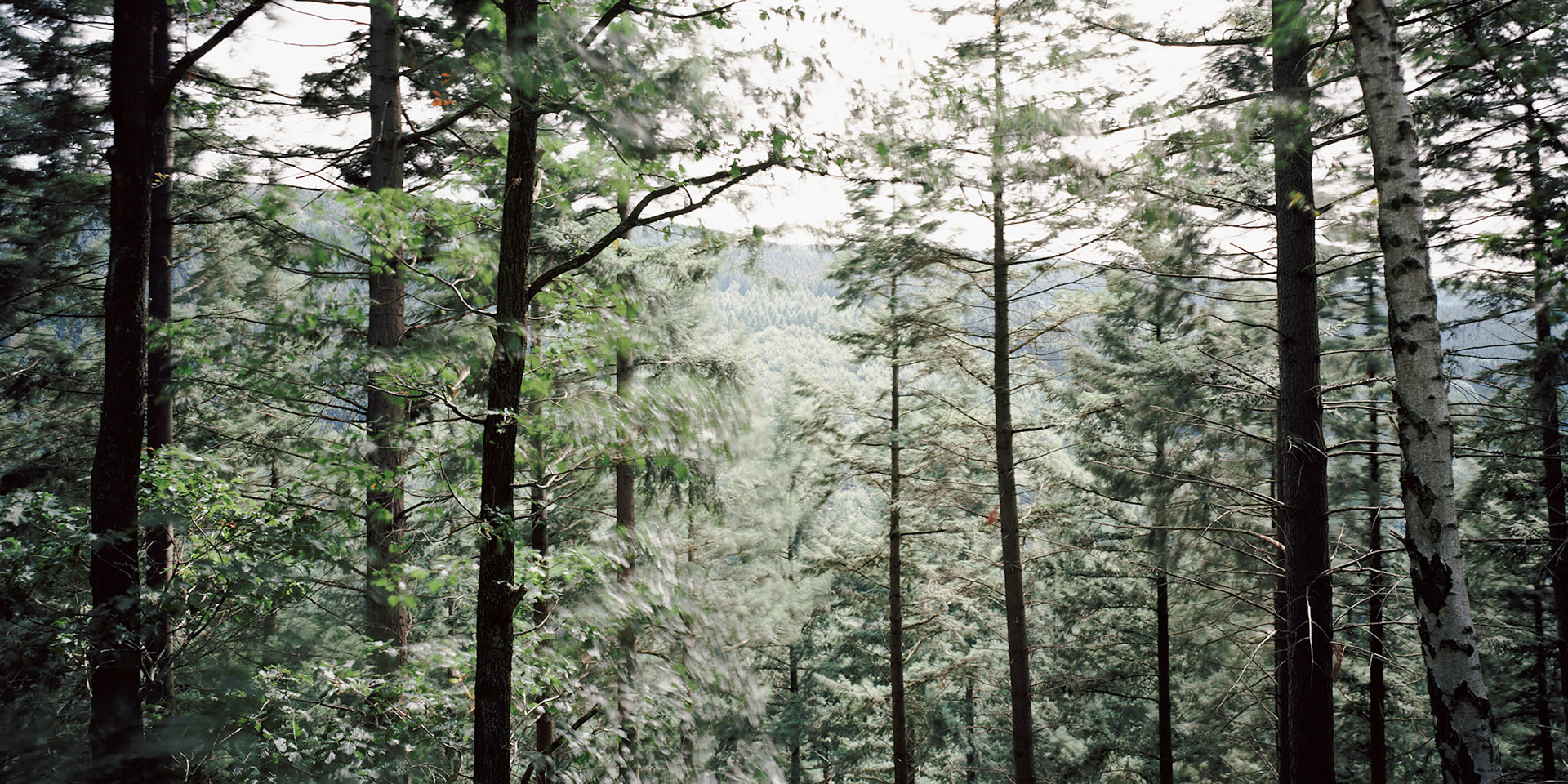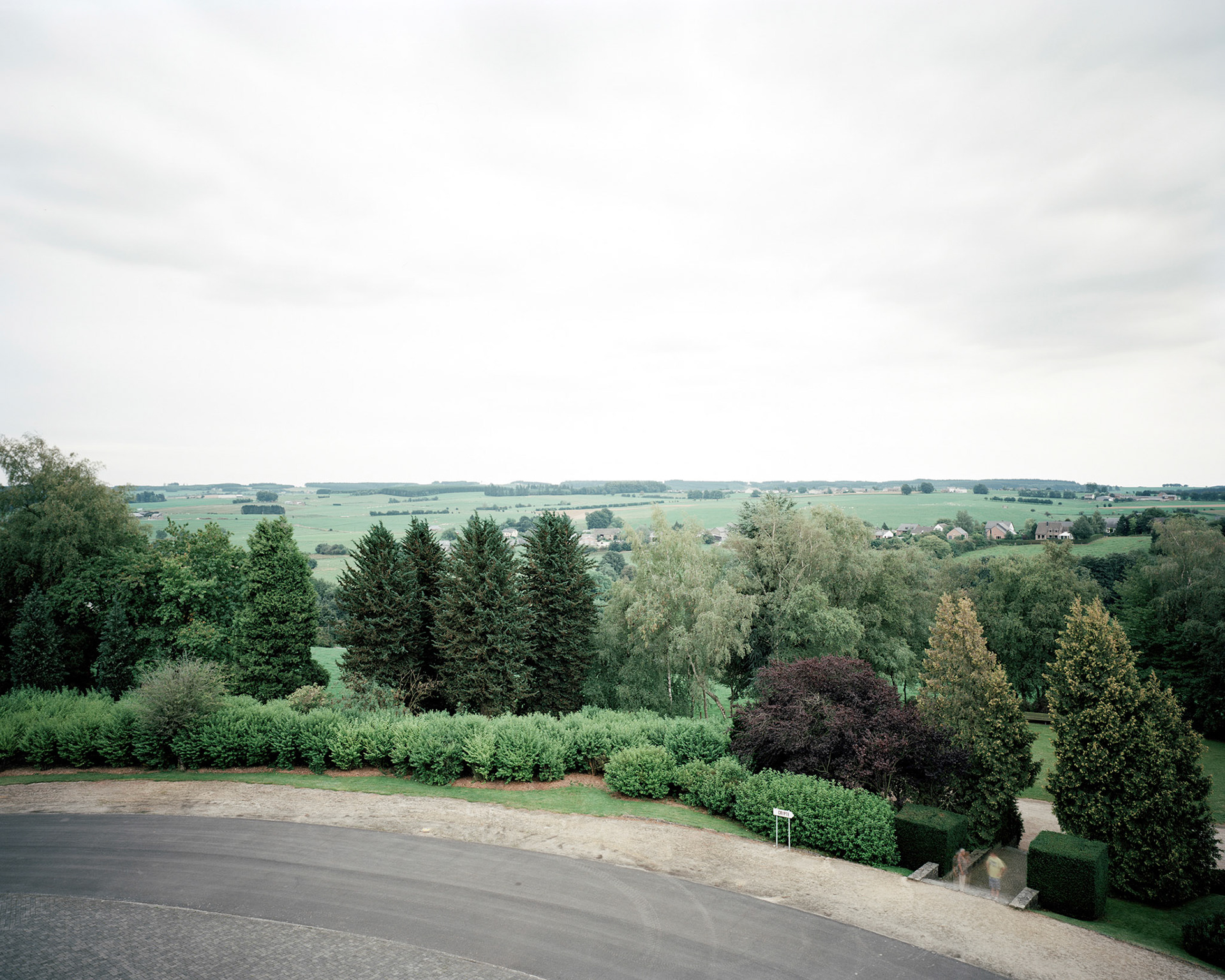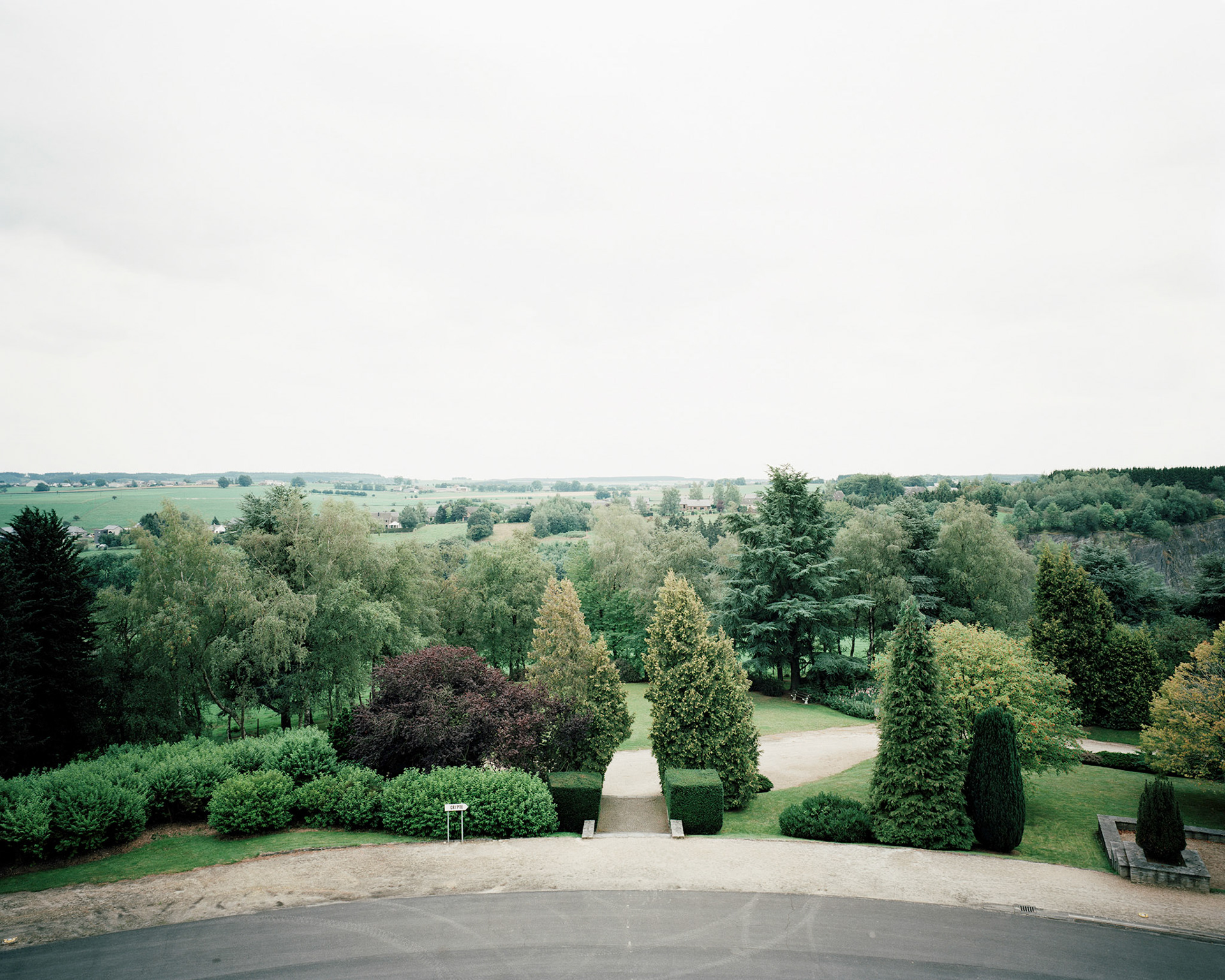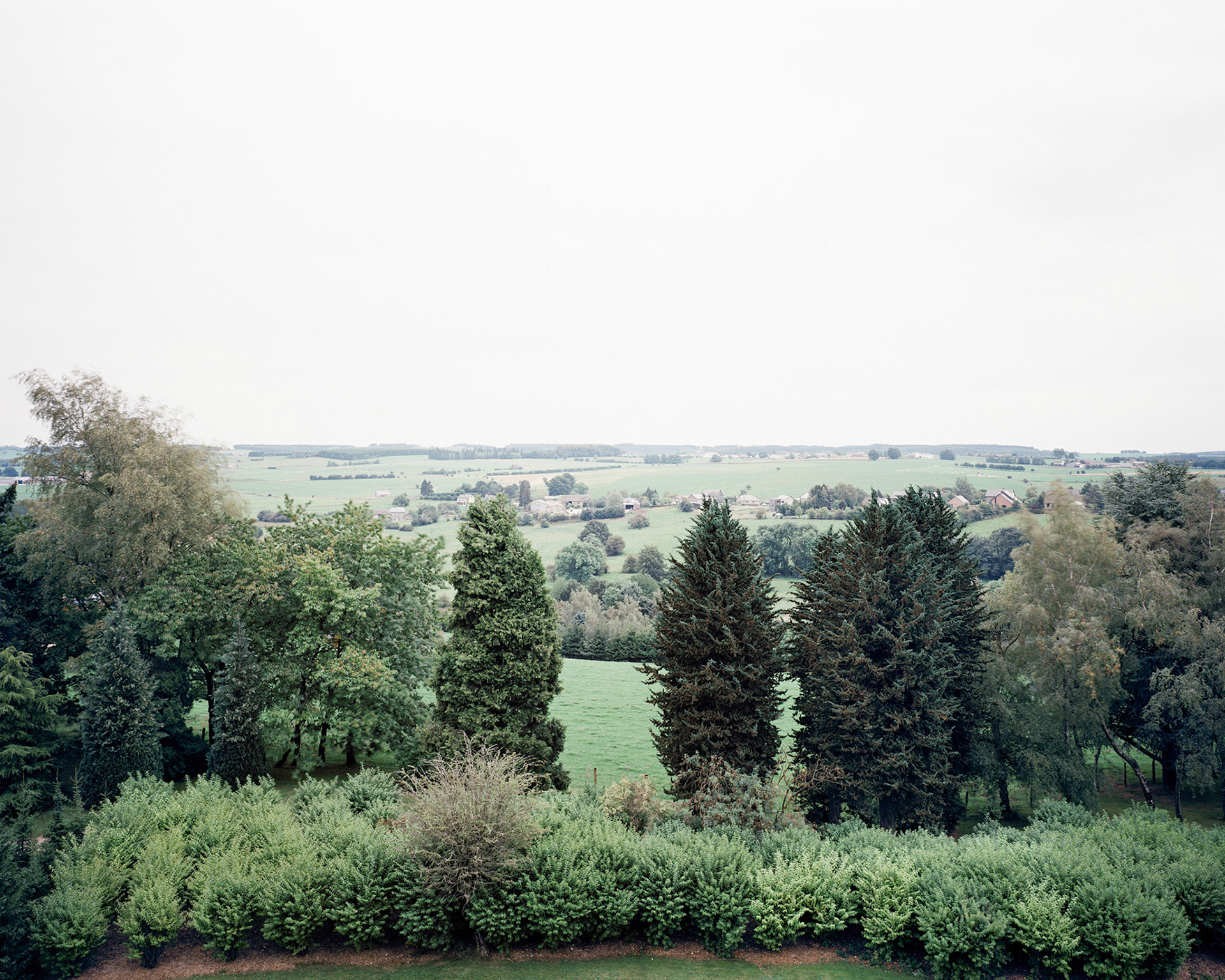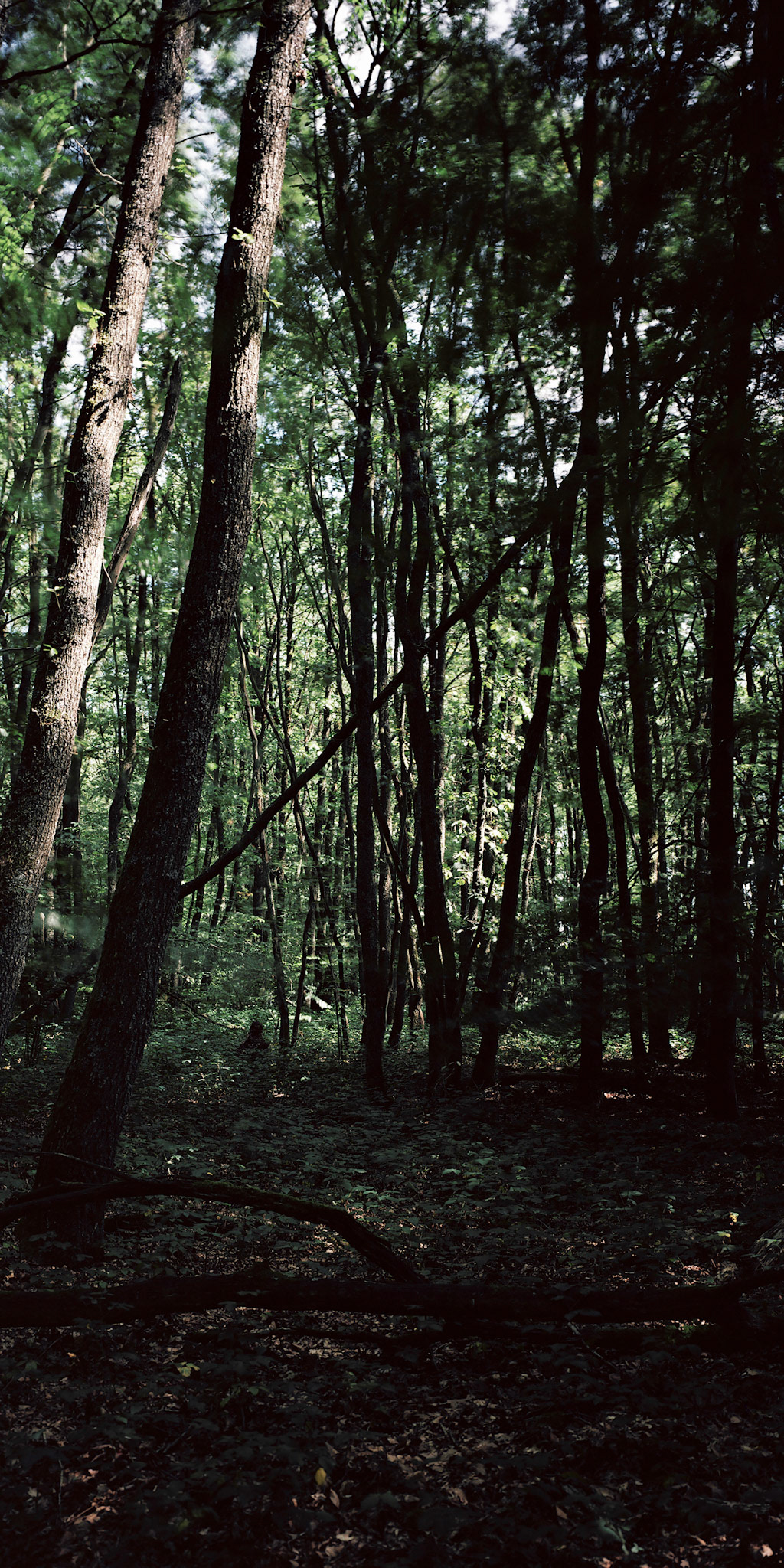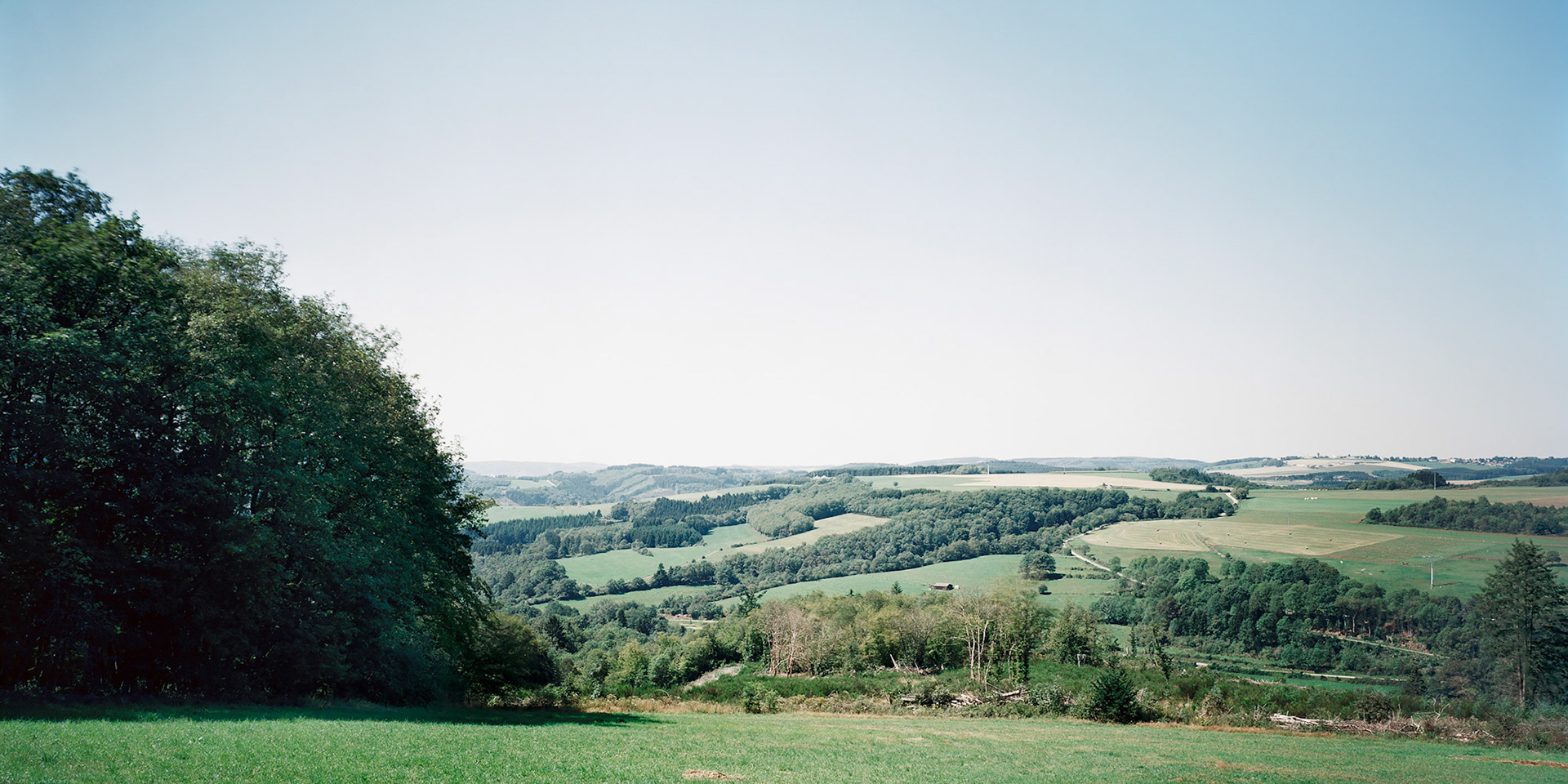View the scenes #Field #Death
1. Preface
Mankind is born and dies.
As human beings, there is the biological limit of life, the lifespan. However, human life beyond this biological limit is latent and recorded in human history through times and generation. And again it appears in the next generation. We call this phenomenon history and this makes human life sustainable. Generation after generation, whether it’s against their own will or they do it on their own will, humans are constantly changing the environment in history.
Some of these changes are recorded and enjoyed in language, literature and many artistic activities of mankind. Also, it’s recorded in landscapes which mankind shifts. Due to social phenomena, natural disasters, destruction of war and the development of technology, the changing of human life is all recorded and latent in history but as much concentrated into the landscapes as well. You could say that in landscapes everything is combined and summarized as in a genetic code.
Sometimes it occurs that mankind cannot live its own full lifespan in consequences to several conditions of the environment. It could be classified due to natural disaster and man-made disaster through which a large number of victims occur.
The biggest wound which is recorded in the history of mankind, would be war. No matter what the purpose in war is, the cause and the result leaves a huge trace in history. In addition, whether the war is a historical fact of the past or still present, it still impacts profoundly the environment of mankind.
I would like to take a picture through the trace of the present place, beyond the mere historical fact. In other words the scenery becomes the landscape as it is, an actual historical fact.
The biggest wound which is recorded in the history of mankind, would be war. No matter what the purpose in war is, the cause and the result leaves a huge trace in history. In addition, whether the war is a historical fact of the past or still present, it still impacts profoundly the environment of mankind.
I would like to take a picture through the trace of the present place, beyond the mere historical fact. In other words the scenery becomes the landscape as it is, an actual historical fact.
Historic landscape as a genetic code
If we take time and space of the environment and separate it from the subject which is dissolved in it, then the environment becomes the landscape. When the attribute of the subject becomes extinct the observer gets the object. Also, with the passage of time the subject in the environment may naturally extinct. This process is the process of history becoming historicized and objectified. Through the natural extinction the landscape as a form of an object is not a prehistoric fossil which came from an unknown time, but it is like a gene deeply imprinted in our history.
What about the landscape as an object where its own historical truth and its own substance got removed with the passage of time? The definite substance and subject of war disappears with the passage of time. However, the substance and subject does not disappear in the present landscape but it melts naturally into the landscape of the historical meaning. It does not simply just become a whole new object which is separated from the present landscape. The object of the landscape is charged constantly with meaning by the history of mankind and it returns back to the present landscape. In other words, the landscape is still being enjoyed as much as literature and arts by mankind and historical facts. The landscape as an object has significance. The landscape may change over time and also could be the object of literature and art as an object, but still the landscape has the same structure as latent genes in the human history which still contain the actual history. This is the inbuilt historic gene in the landscape.
However this goes beyond the recorded history. But when the latent memory of mankind and the latent memory of the present landscape concur with each other, in other words when the deep carving of war, the memory of destruction and cruelty, and the scenery in the sense of mankind is branded in the gene the object becomes a meaning and it naturally harmonizes with the landscape in the present. The object as a landscape carries historical meaning.
When mankind is managing its own life they change their environment diversely. In a place of war the traces of man-made destruction and death are recorded undamaged in the geographic setting. However, with the course of time the traces establish itself naturally inside the landscapes and become a part of the landscape. Through the camera I want to show, how through the course of time the traces establish themselves inside the landscapes and how they revert into the landscape.
If a war occurs, people die.
“55.000.000 ”
That is the estimated number of people who died during the Second World War.
With the change of view when the war started the opinion changes too. With the records in European history, I added 6 years of wars which happened all over the world, during the beginning of September 1939 to the beginning of September 1945, together and generally named them. From the basis of their own countries safety and profit the war was divided into two groups which fought against each other: The Allies and the Axis Power.
I don’t want to take the focus on why the Second World War occurred or if the result was righteous but I want to take a view on the people, if they were soldiers or civilians, they had life but lost it through the war and I want to take the focus on the place where they lost their lives.
The people who died through the war are made up by soldiers or civilians and the situations could be classified through battle, bombardment and large scale massacres. Of course there might be people who died naturally during the war because their lifespan was over. But this project is going to be about the places where people died because of the war and to narrow down the limits it’s going to be about places where soldiers were having battles.
The war with the biggest number of victims in the history of mankind was the Second World War and now that time passed by there are only traces left in museums, several still living survivors and in historical records. Like the victims of the war who lie silently in the history, the landscapes also got hurt and eventually heals with the passing time.
The places which were the stages of the history are still the environments and landscapes of our life. The truth of the historical past is inherent in our present landscapes. This is the reason why I followed the trace of wheels of the historical truth of the biggest war in modern times, the Second World War, for this project.
In this project I took from the 6 year long Second World War, the time background starting with the crucial operation which happened in the latter half of the war, the Invasion of Normandy which took place on June 6, 1944 and from there I filled the space background and took a long axis to the battles to Berlin.
This project deals with the object, the landscape, in the history of mankind which got immanent by the war.
2. The situation of the second half of war:
From the Normandy to Berlin
I started my work in France at Vierville-sur-Mer where the “Invasion of Normandy” happened and I have chosen some areas around the way to Berlin. The allied forces were taking several routes to Berlin after the landing operation. Out of these, I have chosen one of the areas of the Bulge battle located in Bastogne in Belgium and the northern part of Luxembourg, Hürtgenwald where the longest battle of the Second World War had taken place and the area of Halbe which is south of Berlin where the last battle of the Germans had happened.
3. The scenery in the current time
On this day, at that time I was standing at the place.
Even if the year is different, several situations are happening at the same day. If I know the time of what happened there several years ago, I planned to take pictures at the same time also. But there were a lot of times where I didn’t know the exact time of the historical moments and I was also limited by the time I had for the project, so I even couldn’t take pictures of the same day. I plan on taking pictures of the same time on the same day later. Omaha beach was the first attempt of this method.
4. Conclusion
What happens to the places where historical moments happened?
I am still in a progressing history right now. We are all in history. I am watching, feeling, and living in the present. To make it more clear, I am living in the present which came from the past.
I look at recorded history. I go back to the question. This question is the beginning of this project. More detailed, how might the place be right now, where 70 years ago a battle was taking place and through it, it got destroyed and a lot of people died? Did it found its past normal state by the passage of time? Or did it change to an artificial state?
Through the long passage, of time it was not easy to discover the reflection of the war. Some of the man-made structures still didn’t disappear, but the battlefield of the second world war, without looking at time or space, as a historical fact are still there. They are historical sceneries perceived through the past and present and through the passage of time.
What kind of experience will I experience in this place?
Since there are nearly no scars of the war left the places we look at are like forests we always see. Just sometimes the man-made structures tell us that this is a different place.
Even if it is a same place or a similar place when you have a different knowledge about the area, you feel different about it. You can imagine what happened at that place before. Where could a place be on this world where no one ever died before? When I went to places where a lot of people died I felt fear and I was lost in thoughts.
The only mankind on this world who can create tools is using its talent against anybody who is against himself or the group he is belonging to, and kills and dies. Also it is still repeating and happening in the present. Is it going to be like this all the time?
Return to the communal memory
Mankind has the learning ability. The walk of life of humankind is recorded on a long scale of time and from this they learn.
The position of history can change by the person who is recording it, but it can not change the fact of what happened. Since the truth can be enlarged or reduced it is hard that one person can
have objective informations. Nevertheless history is getting recorded and is remembered by the next generations like a genetic code. This genetic code is not only for an individual but it becomes a genetic code for everybody to learn from. But it can not be looked at like a genetic code where everything what happened before is only recorded.
have objective informations. Nevertheless history is getting recorded and is remembered by the next generations like a genetic code. This genetic code is not only for an individual but it becomes a genetic code for everybody to learn from. But it can not be looked at like a genetic code where everything what happened before is only recorded.
History repeats itself. Even now we still can see similar events taking place which are different in itself.
We can remember the present which came from the past and we can see the future through the present.
Changje Hong

